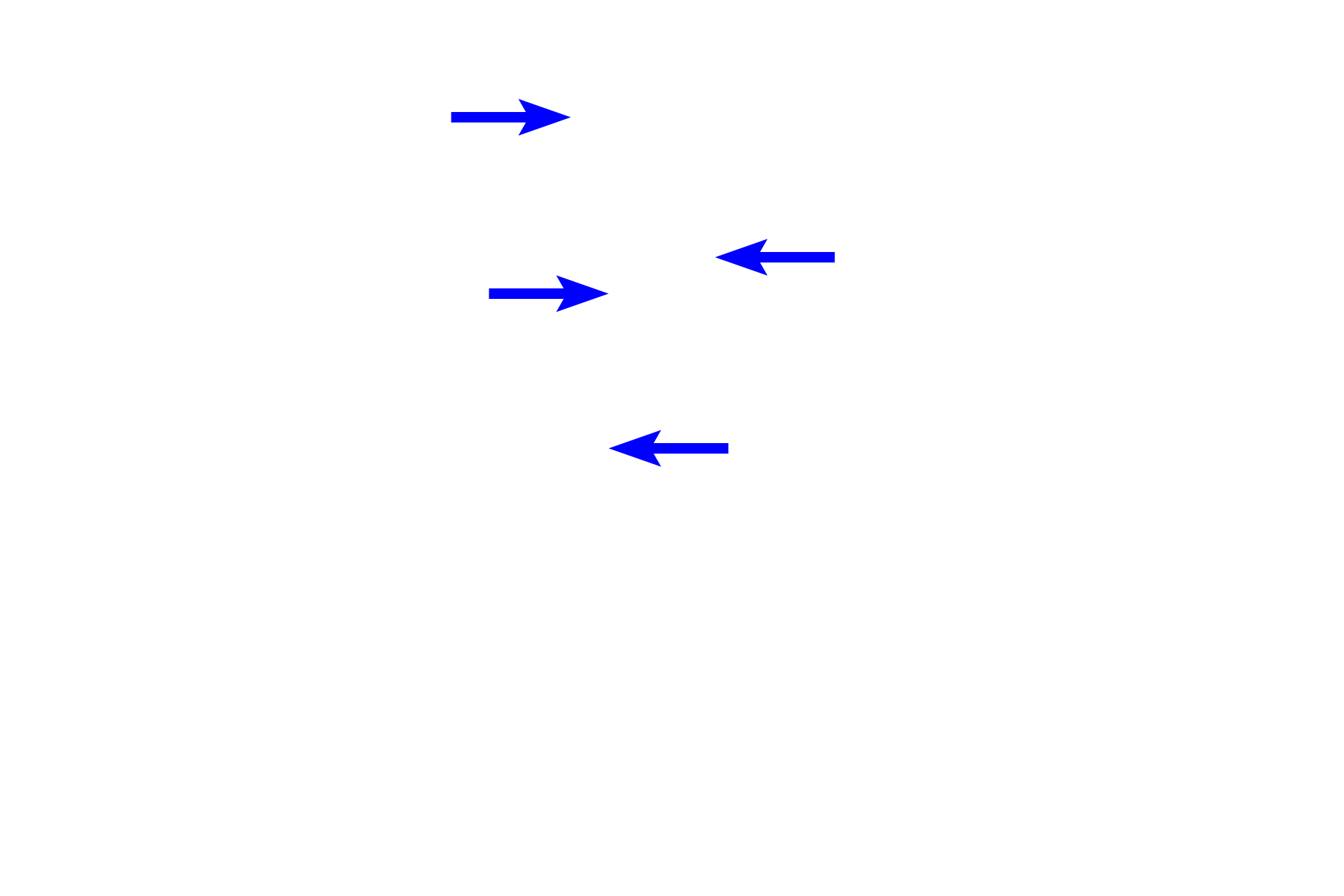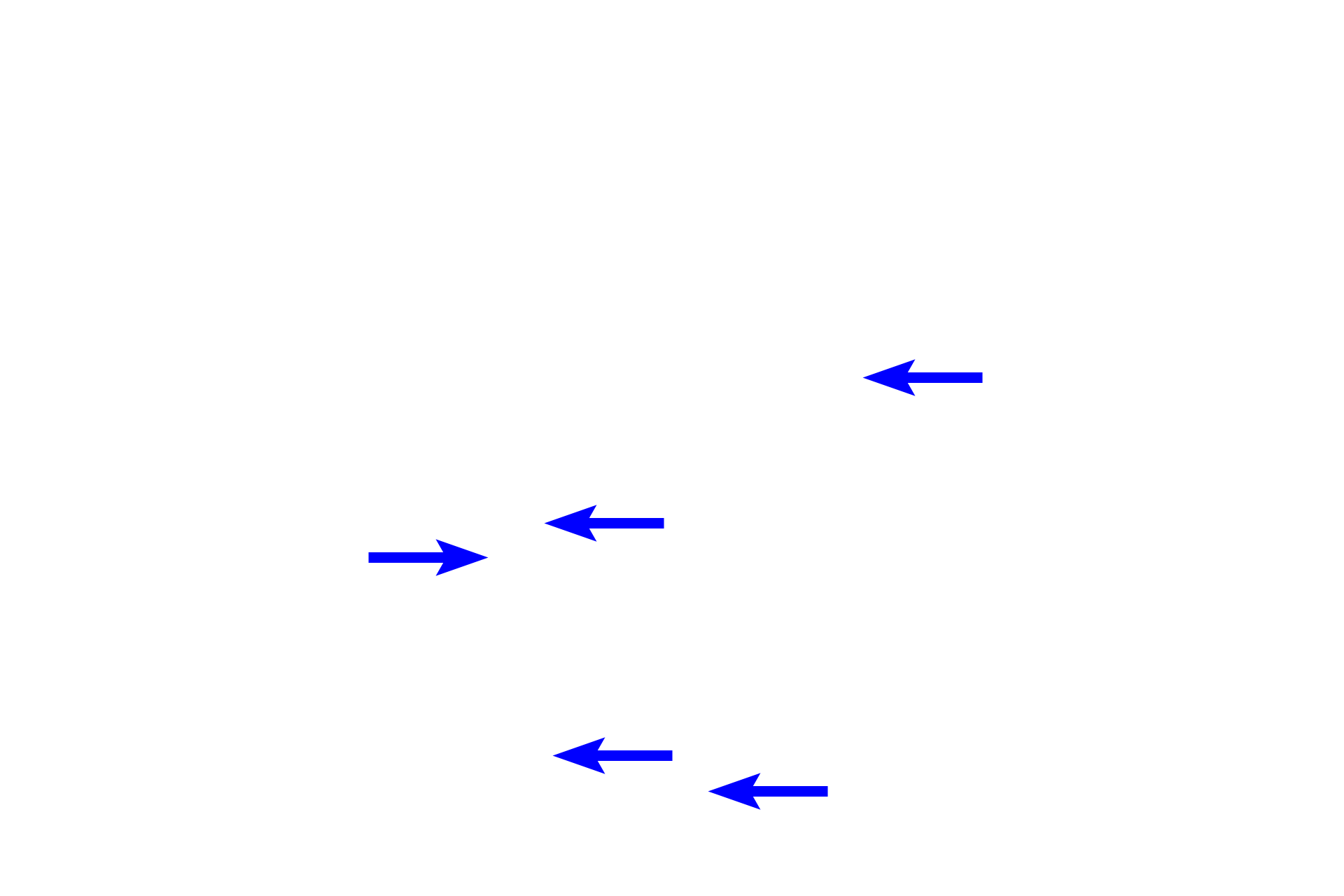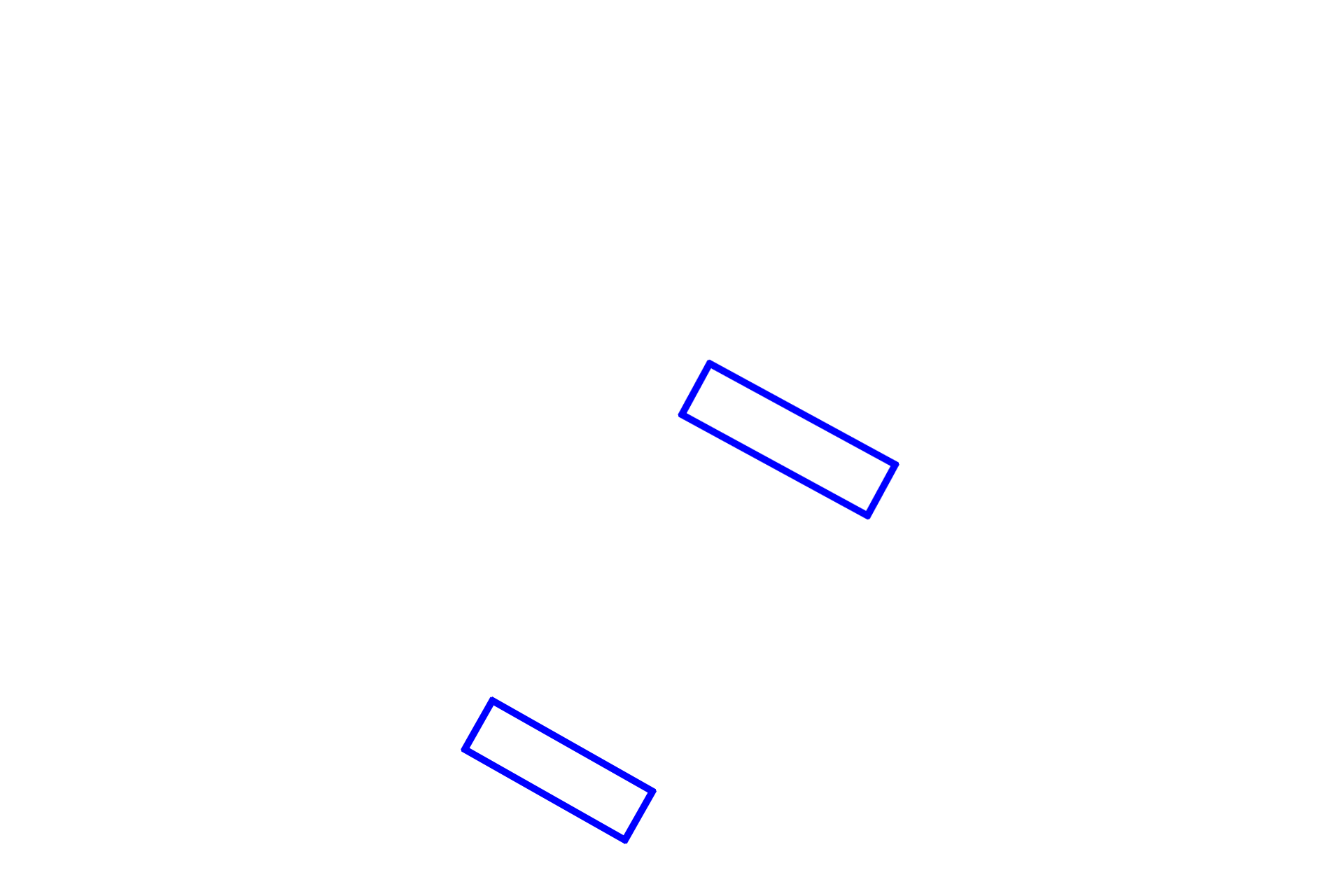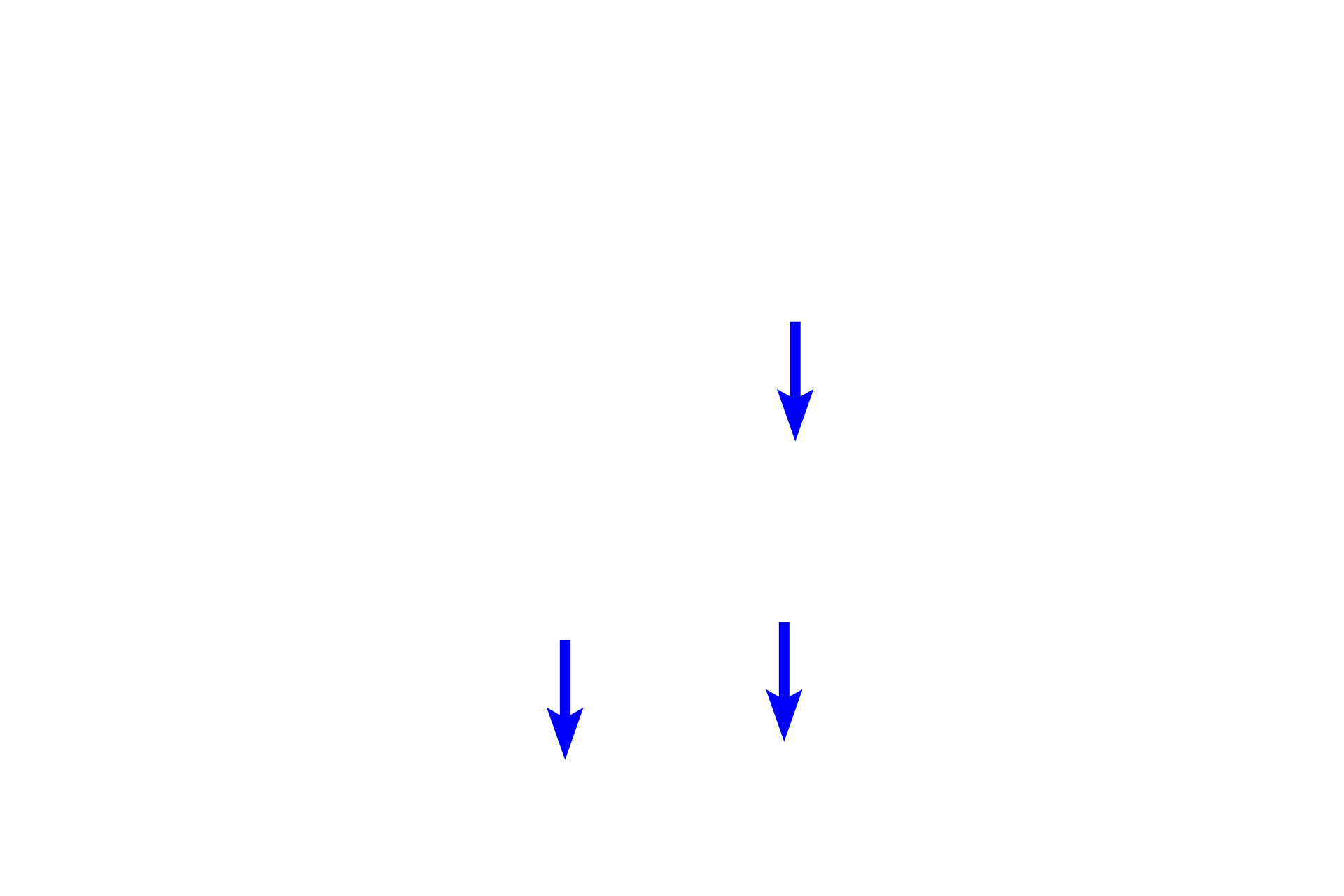
Bone development in the fetus
This image demonstrates ossification in the fetus. Developing bone, regardless of whether it was formed by intramembranous or endochondral ossification, can readily be identified in this preparation by its brown/red staining.

Intramembranously-formed bones >
Bones formed by intramembranous ossification include those of the cranial vault (e.g., frontal and occipital bones), bones of the face (maxilla and mandible) and clavicle.

Endochondrally-formed bones >
Bones formed by endochondral ossification include bones of the skull base, long and short bones of the arms and legs, vertebrae, pelvis and ribs.

Endochondral bone formation events >
The process of endochondral bone formation requires both intramembranous and endochondral processes. Endochondral ossification begins with a hyaline-cartilage template that is gradually replaced by an encircling cylinder of bone (periosteal collar) between the epiphyses. This bone is laid down by intramembranous ossification and represents the primary center of ossification. Thereafter, the bone grows in length by addition of bone to the ends of the collar by endochondral ossification at the epiphyseal plate.

- Periosteal collar (primary center of ossification)
The process of endochondral bone formation requires both intramembranous and endochondral processes. Endochondral ossification begins with a hyaline-cartilage template that is gradually replaced by an encircling cylinder of bone (periosteal collar) between the epiphyses. This bone is laid down by intramembranous ossification and represents the primary center of ossification. Thereafter, the bone grows in length by addition of bone to the ends of the collar by endochondral ossification at the epiphyseal plate.

- Epiphyses >
Portions of the of the original cartilage model are retained as epiphyses. Secondary centers of ossification develop in the epiphyses leaving only a cap of hyaline cartilage, forming the articular cartilages. The epiphyseal plates are located at the junction of the periosteal collar and the epiphysis.

- Epiphyseal plates
Portions of the of the original cartilage model are retained as epiphyses. Secondary centers of ossification develop in the epiphyses leaving only a cap of hyaline cartilage, forming the articular cartilages. The epiphyseal plates are located at the junction of the periosteal collar and the epiphysis.